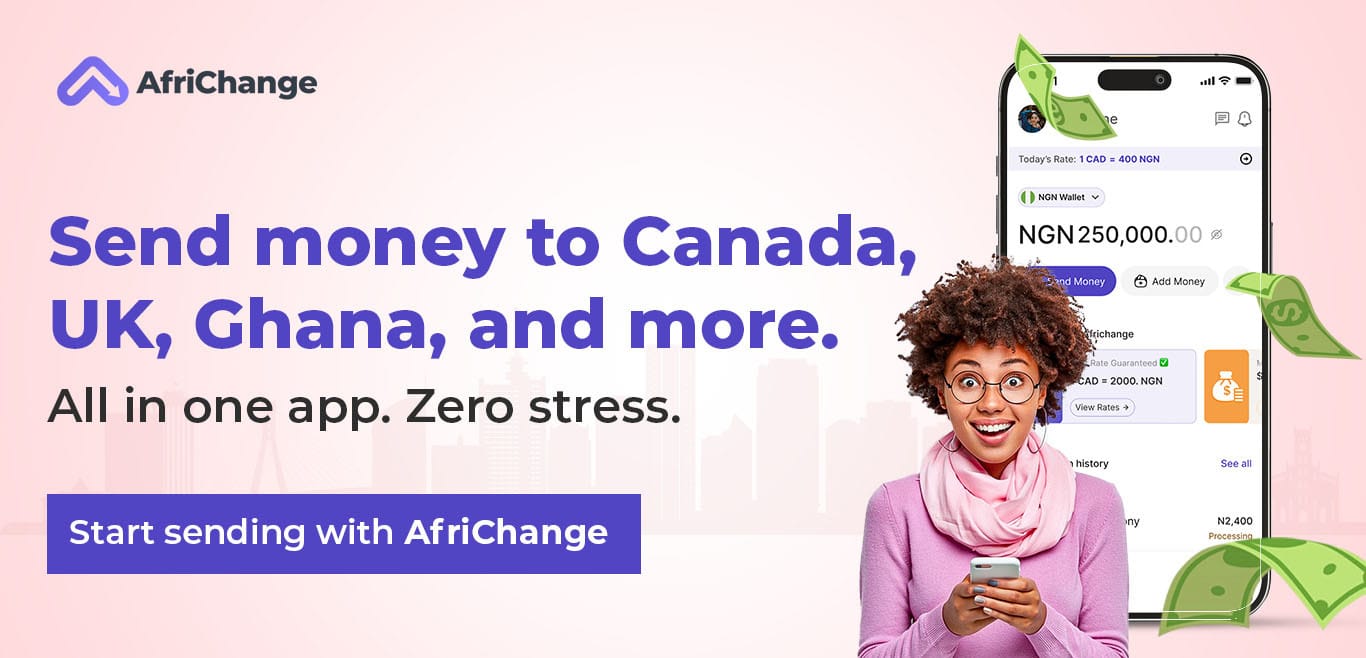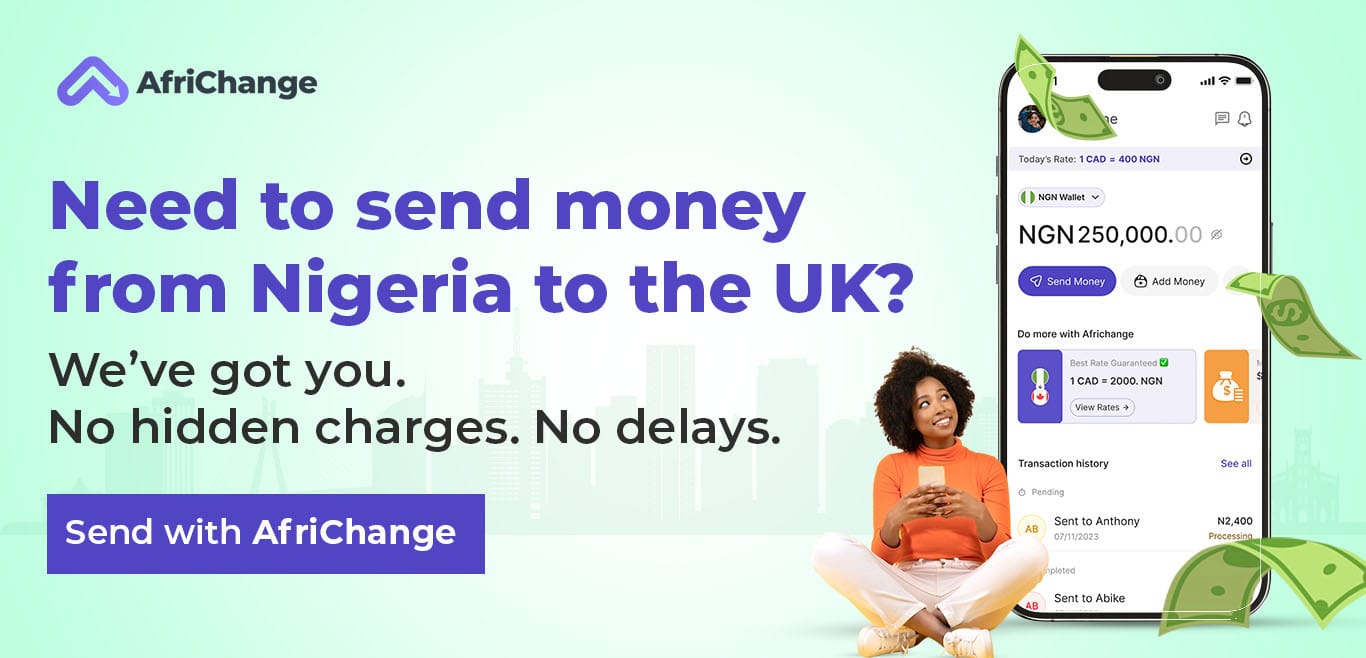What Is a Swift Transfer and How Does It Work?

Have you ever sent money abroad and wondered why it took days or why there were deductions made on the total amount? You were probably using a SWIFT transfer.
So what exactly is a Swift transfer? How does it work, what does it cost, and when should you use it? This blog post breaks it down so you can send money smarter while at it.
Read also: Sending Money Home: How to Avoid Low Exchange Rates and Delayed Verification.
What Is a SWIFT Transfer?
When people mention a 'SWIFT transfer,' they’re referring to an international wire transfer that moves money between banks using the SWIFT network.
But SWIFT also called Society for Worldwide Interbank Financial Telecommunication isn’t a payment platform. It’s a secure messaging system that connects over 11,000 financial institutions worldwide. It doesn’t send money, instead, it allows banks to communicate with one another about financial transactions.

How Do SWIFT Transfers Work?
Here’s a simplified step-by-step breakdown:
- You provide your bank with transfer details.
This includes the recipient’s name, account number or IBAN, and their bank’s SWIFT/BIC code. - Your bank sends a SWIFT message.
It sends a payment instruction through the SWIFT network to the recipient’s bank. - Intermediary banks may get involved.
If your bank doesn’t have a direct link with the recipient’s bank, third-party banks help move the funds along. - The recipient’s bank credits their account.
After all checks and fees are processed, the money is then sent to the recipient’s account abroad.
📝SWIFT itself doesn’t transfer money; it only transmits the instructions. The actual funds are sent through a network of banking relationships.
What Are SWIFT/BIC Codes?
SWIFT codes, also known as BIC codes (Bank Identifier Codes), help identify banks during international transfers. A typical SWIFT code contains 8 to 11 characters, made up of:
- Bank Code (4 letters)
- Country Code (2 letters)
- Location Code (2 characters)
- Branch Code (optional, 3 characters)
For example: GTBINGLA
This code breaks down as GTBank (GTBI), Nigeria (NG), Lagos (LA).
Real-Life Example: Sending Tuition Fees from Canada to Nigeria.
Let’s say Richard lives in Canada and needs to pay tuition for his sister in Nigeria. The school only accepts direct bank payments.
Here’s what happens:
- Richard submits her Nigerian bank details, including SWIFT code, to his Canadian bank.
- The bank charges him $40 upfront as a transfer fee. He also notices the exchange rate is much lower than what AfriChange shows, but he proceeds anyway.
- The bank sends a SWIFT message to the Nigerian bank.
- Two days later, the school receives the money, but it is ₦35,000 short. Why? An intermediary bank deducted a fee, and currency conversion losses added up.
- Richard now has to send the balance separately. The whole process takes 5 business days.
📝This is a common scenario for students, freelancers, and families sending money across borders.

What You Need for a SWIFT Transfer
To successfully initiate a SWIFT transfer, you’ll need:
- Full name and address of the recipient
- Account number or IBAN
- Name and address of the recipient’s bank
- The bank’s SWIFT/BIC code
- Purpose of the transfer (sometimes required)
📝Accuracy matters. One wrong digit in the SWIFT code or account number can delay the transaction or bounce it back.
Read also: What Is an IBAN and Why It Matters When Sending Money Abroad.
How Much Do SWIFT Transfers Cost?
The total cost can vary, but expect the following charges:
- Your bank’s transfer fee – Typically $15 to $50, paid upfront.
- Intermediary bank fees – These are often deducted from the transfer amount without warning.
- Recipient’s bank fee – Some banks charge to receive international payments.
Wrapping Up...
SWIFT transfers are secure and trusted, but not always the most convenient or cost-effective option. For urgent payments or regular transfers (like tuition, remittances, or business transactions), AfriChange offers faster delivery, better exchange rates, and more transparency with fees.
Still, if you’re sending money to a bank account that only accepts SWIFT payments, it remains a reliable option, just be aware of the cost, time, and fine print.

